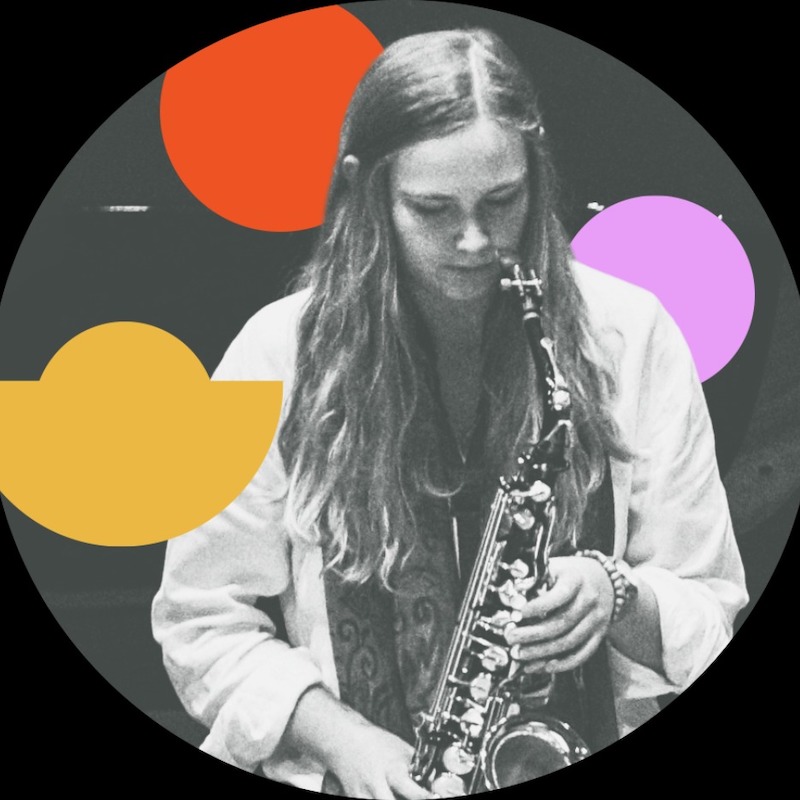Imagine an ensemble consisting of Jascha Heifetz, Duke Ellington, Pablo Casals, Max Roach, Buddy Collette, Dizzy Gillespie and Clark Terry. Pretty impressive, right? But also, pretty one-gendered too.
That’s the kind of ensemble Charles Mingus fantasised about when he spoke to veteran music journalist John F. Goodman in Mingus Speaks, ruminating on what it means to ‘play free’ and ‘earn your right to be part of a tribe’.
But what does it mean to be a player when the traditional tribe of jazz has historically and exclusively been men?

Tessie Overmyer. Image courtesy of Sydney International Women’s Jazz Festival
According to saxophonist Tessie Overmyer, the gender problem in jazz is a “very complicated topic” – one which she’s still not entirely sure how to feel about.
“I try to approach playing the music in my own way, and not try to replicate how the music was played in the past,” she tells me. “At the same time it’s important to respect the jazz tradition and music of the past but acknowledge that at least as far as gender equality is concerned, there were problems.”
The 20-year old alto saxophonist, a Newcastle native, has...










Comments
Log in to join the conversation.